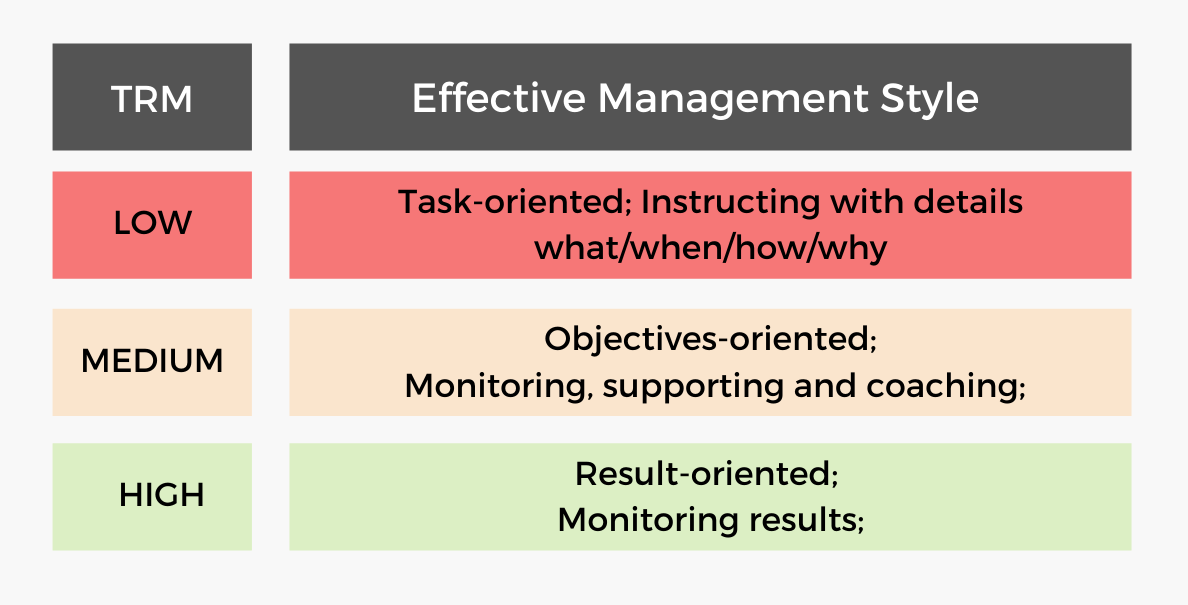The truth about being head of growth?
Wanna know the truth about being the head of growth at an early-stage saas company?
You'll probably feel like your CEO micromanages you. Even if you have a ton of experience. And especially with a first time CEO.
It's one of the reasons a head of growth leaves a new company under 12 mos.
But, recognize it's not on purpose. Most CEOs don't mean to micromanage you. Most don't even know they're doing it.
They just care a TON about the business - and they want to help.
Because growth is such a new capability, most CEOs don't know what you need their help on. So inexperienced leaders will randomly check-up on things, thinking it's helpful.
The challenge is when a CEO provides too much structure & input to a problem a head of growth has lots of experience with. That's micromanaging.
You can avoid it by proactively communicating what you'll need from them on your major initiatives.
I recommend using task relevant maturity (TRM) to manage up.
TRM comes from Andy Grove in the book High Output Management. It's one of the classics recommended to new managers.
It's traditionally used as a framework for managers to help their teams. But it's also a sneaky effective tool for managing up too.
Here's the skinny.
When you have a lot of experience at something (high maturity) - let your CEO know that you'll reach out for help establishing objectives - and if you get stuck.
When you're working on a new problem (low maturity) - let them know that you'd love more of their help and input.
Your CEO still wants to help. This framework lets them know which initiatives you'd like their help on.
You can even bake this into your 1:1s and other docs - so it's part of your operating system.
The result?
✅ Help solving the right problems.
✅ Better working relationship.
✅ Less micro-management.
✅ More alignment.

